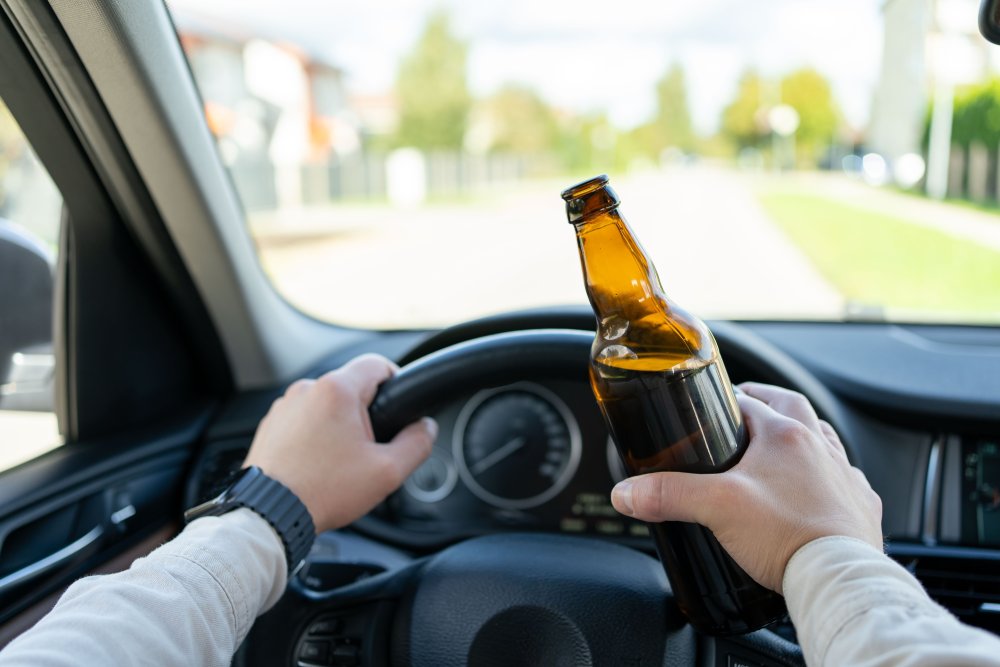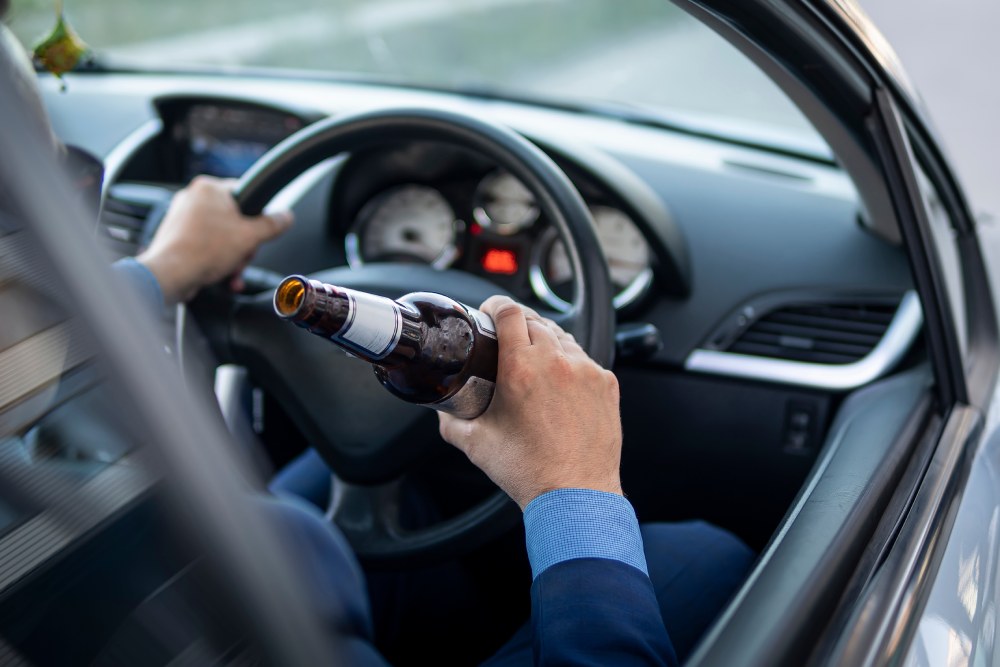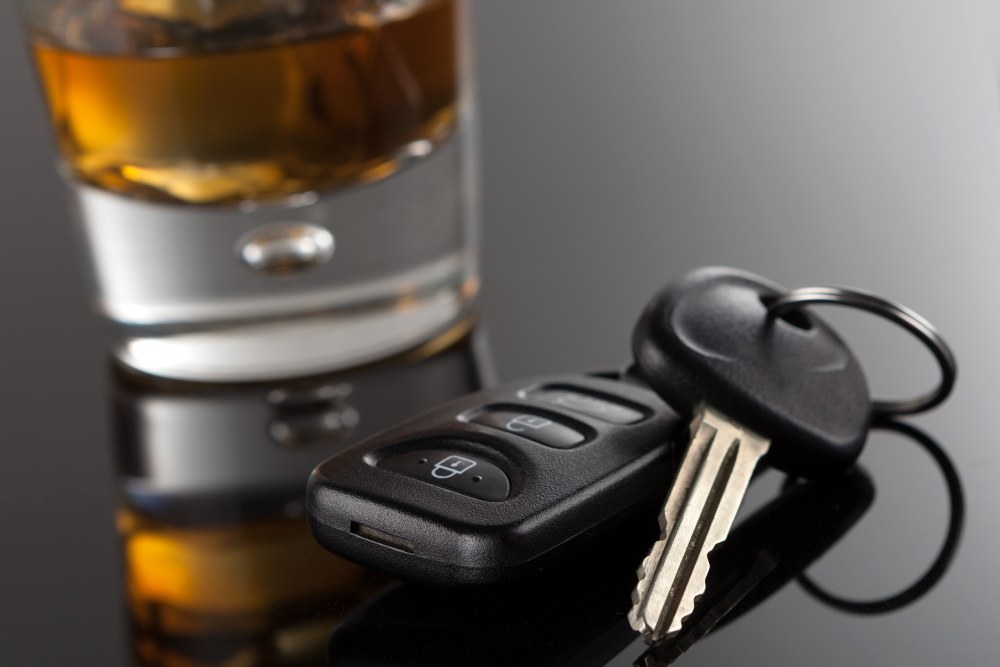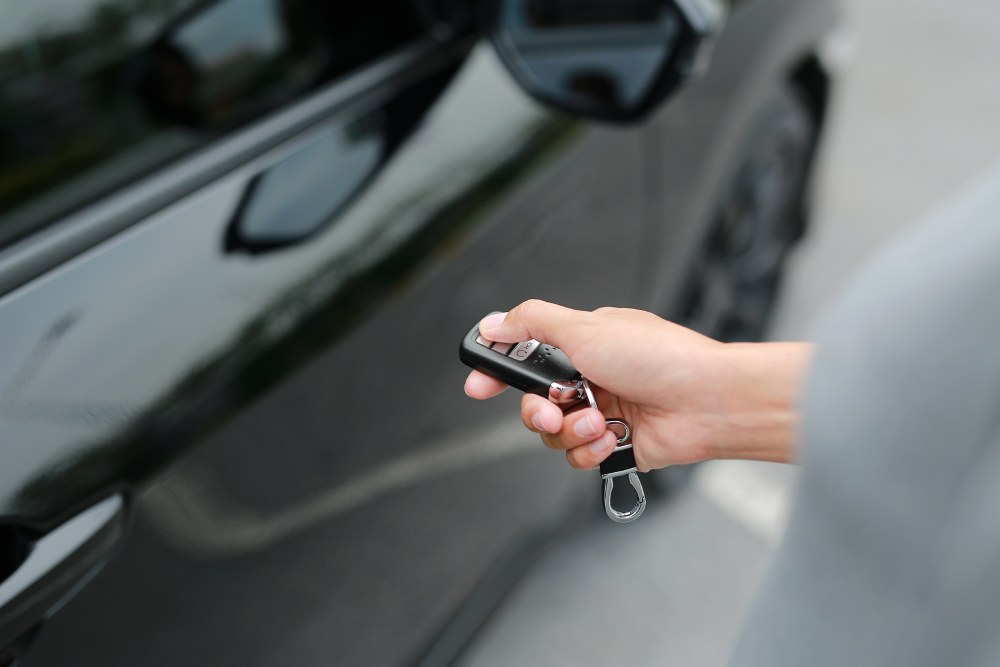Blog

DMV vs. The People: What the California Mandatory Actions Unit Actually Does
What Is the California Mandatory Actions Unit? Picture the DMV’s regular counter staff as the front‑of‑house crew at a restaurant. They hand out number slips and serve up license renewals like appetizers.

Breaking Down California’s DUI Law Overhaul, From 2024 Updates to AB 366
This is educational content and does not constitute legal advice. Introduction California’s DUI regulations have undergone several significant changes in the last two years. In January 2024, the legislature advanced ignition interlock

Breaking Down Kansas HB 2222: What Every Driver Needs to Know
Introduction Kansas just rewrote the playbook on safe driving with HB 2222, and if you’re staring down a DUI, this matters big time. No more guessing games or hidden fees—this law lays

Safe Diner Series – Part3 – Numbers, Notes, and Next Steps – After the Breath Test
Introduction Whoa—your roadside breath test is in the rearview, the cop’s lights have faded, and adrenaline is finally ebbing. But don’t let your guard down yet. The next 24 hours can go

Diner Safety Series – Part 2 – Flashing Lights, Fair Test – Navigating a Roadside Stop
By: Dan Rhodes Blue and red lights in your mirror can raise anyone’s heart rate, even if you’ve had nothing to drink. A calm, clear plan keeps a traffic stop brief and

Diner Safety Series – Part 1 – Sip Smart, Drive Smart – Pre-Dinner Planning for a Fair Breath Test
By: Dan Rhodes You are heading to your favorite bistro, looking forward to a good meal and maybe one drink to celebrate the evening. Nobody anticipates a chat with a police officer,

The Exit Ramp Series – Nevada Edition – Winning Big by Removing Your IID the Right Way
Swap that daily breath test for fresh desert air—this guide shows you how to finish your Nevada ignition-interlock term without breaking a sweat or the bank. Introduction If the blinking IID screen

The Exit Ramp Series – How to Breeze Through California’s IID Removal Maze
Ready to trade your morning breath check for plain old coffee breath? Here’s the map to final freedom. Introduction Congratulations. You’ve clocked months of perfect blows, fought off every mid‑day garlic‑bread craving,

The Exit Ramp Series – Kansas Edition: How to Glide Through Sunflower State IID Removal
Ready to trade beep‑filled mornings for the open Kansas sky? Here’s the no‑nonsense route to ditching that dashboard breathalyzer. Introduction You’ve survived Kansas winters, tornado watches, and the occasional cow crossing all

Top 5 Mistakes That Can Delay IID Removal and How to Avoid Them
Completing your Ignition Interlock Device (IID) program should feel like a fresh start, not an endless loop of setbacks. Yet for many participants, seemingly small mistakes can add months of delay, additional

Twelve-Month IID Roadmap: High‑BAC, Injury, and Second‑Offense DUIs in California
Introduction If a six‑month IID feels like a half‑marathon, the twelve‑month term imposed for high‑BAC, injury, or second‑offense DUIs is the full Ironman. California law expects a full year of flawless performance

Six-Month IID Roadmap: First-Time, Non‑Injury DUIs in California
Introduction Completing a six‑month ignition‑interlock program can feel like staring at a half‑year mountain of breath tests, service slips, and DMV forms. The good news: every requirement is predictable. The even better

Keto Breath vs Interlock: Can Your Diet Trigger a False Positive?
Low‑carb living melts fat, yet can it also fool the breath sensor that starts your car? Here is the complete story, plus road‑tested tips to keep bacon lovers rolling. 1. Why Keto

Wedding Planner’s Guide to a DUI-Free Reception
Because the only lights you should see at midnight are sparklers, not flashing blue-and-red. 1. The Real-World Cost of One Bad Toast A single reception-night DUI can unravel months of planning within

How to Save on Your IID Program: Budget – Friendly Tips and Resources
Getting back on the road after a DUI can feel like navigating a maze, especially when it comes to costs. Between installation, lease/monthly service, and state fees, Ignition Interlock Device (IID) programs

Interlock Insurance Discounts: Fact or Fiction?
Can a breath-activated gadget really lower your car-insurance bill? 1. The Two-Minute Take A DUI pushes auto premiums up by about 80%. Interlocks cut repeat offenses roughly 70%, so they look good

The “PASS Act” Explained
Congress plans to make every new car a sober-ride buddy by 2029. Here is what that means for drivers, automakers, and your wallet. 1. Why We Even Need This Law Drunk driving

DUI Prevention & Safe Driving Series | Episode 2: Life After IID — What Happens Next?
You did it! Your ignition interlock device (IID) has officially been removed. After months, maybe over a year of careful driving, monthly check-ins, rolling retests, and keeping up with state rules, you’ve

DUI Prevention & Safe Driving Series | Episode 1: DUI Prevention Strategies That Actually Work
Driving under the influence isn’t just dangerous, it’s preventable. Every year, thousands of lives are changed forever because someone chose to drive after drinking or using substances. But here’s the good news:

DUI Penalties and Consequences in California (2024)
Driving under the influence (DUI) in California carries serious legal consequences, including fines, license suspensions, mandatory programs, and possible jail time. New laws in 2024 have introduced stricter BAC limits and harsher

